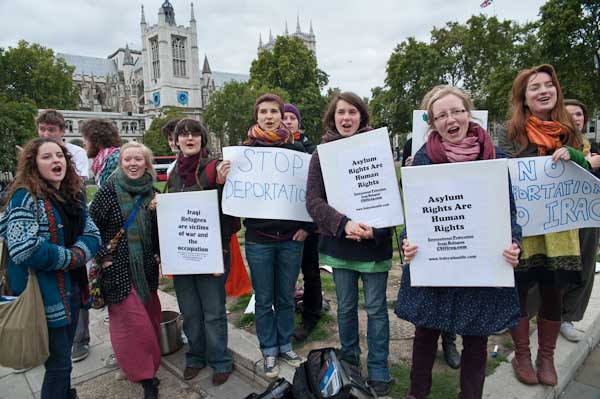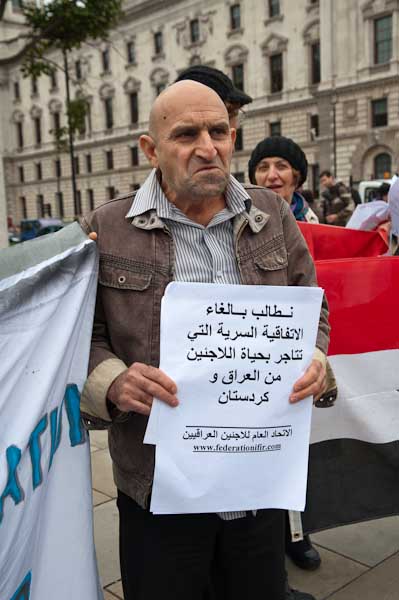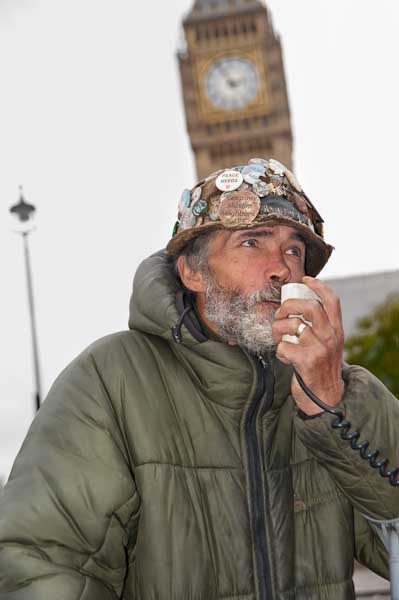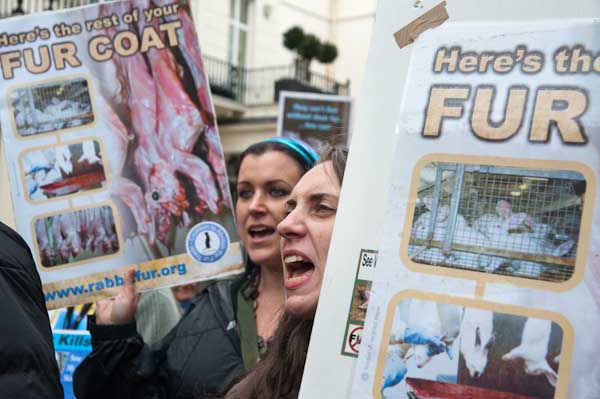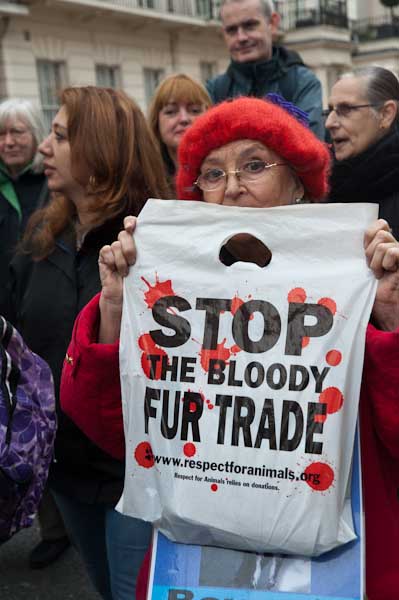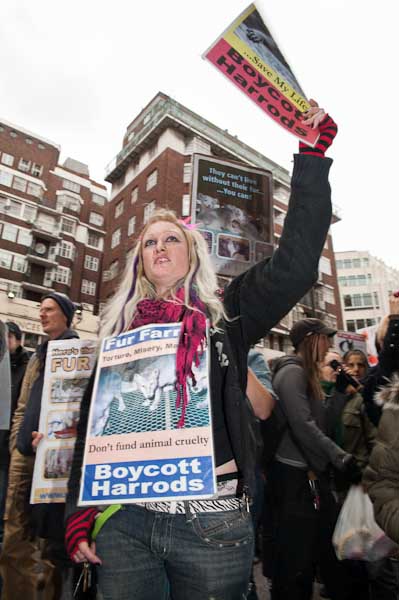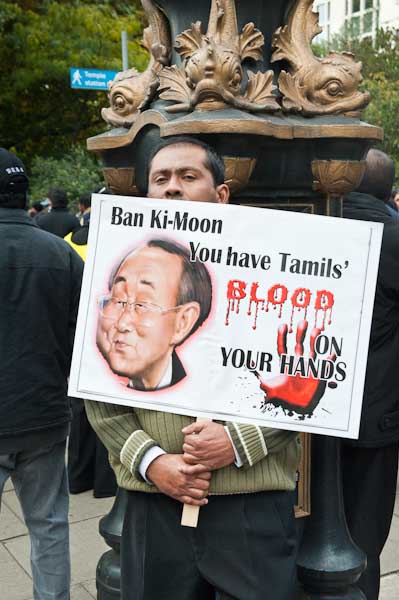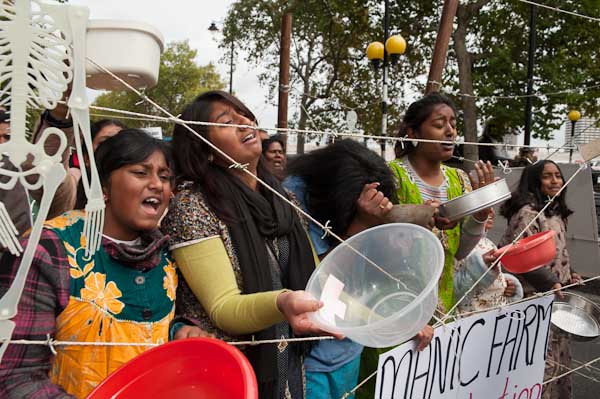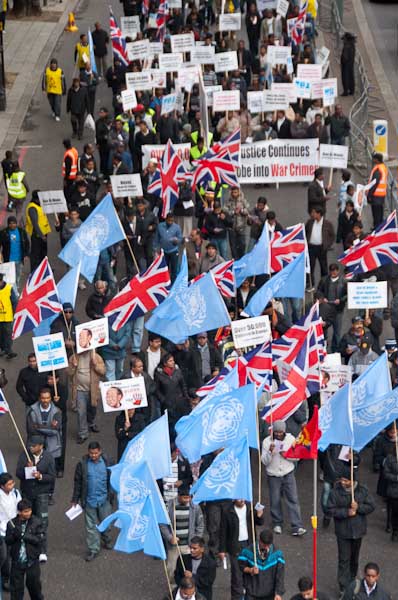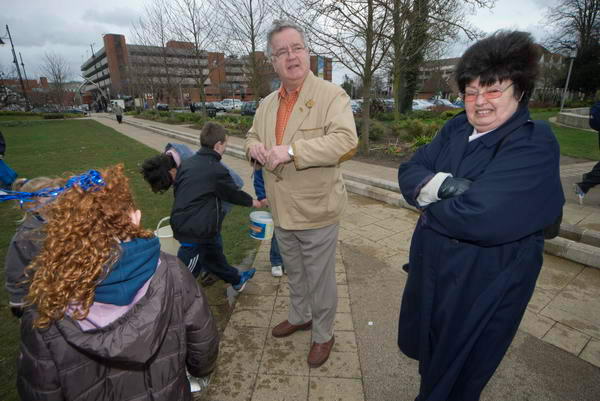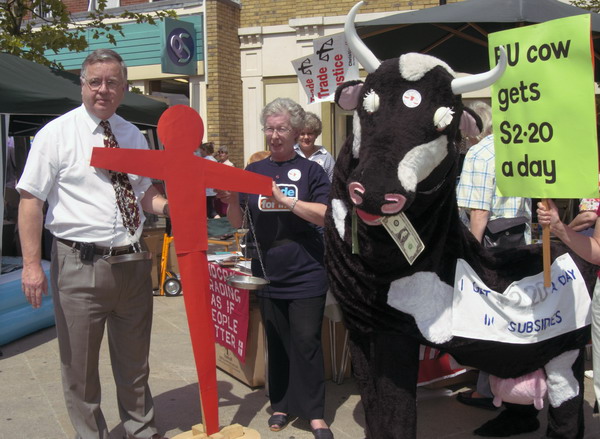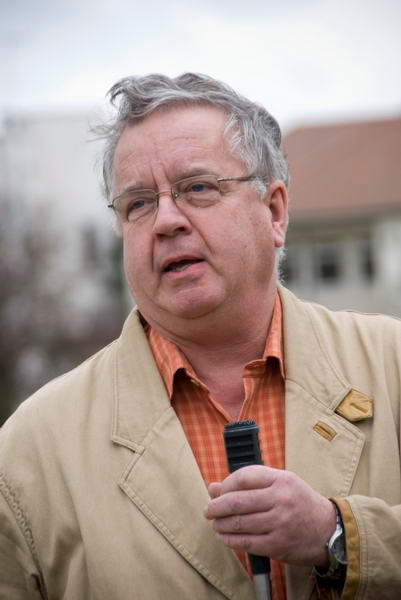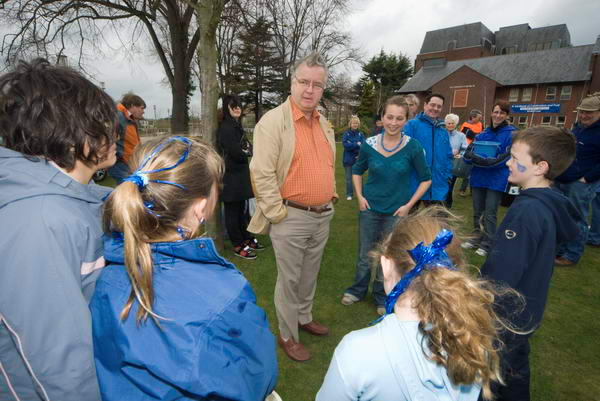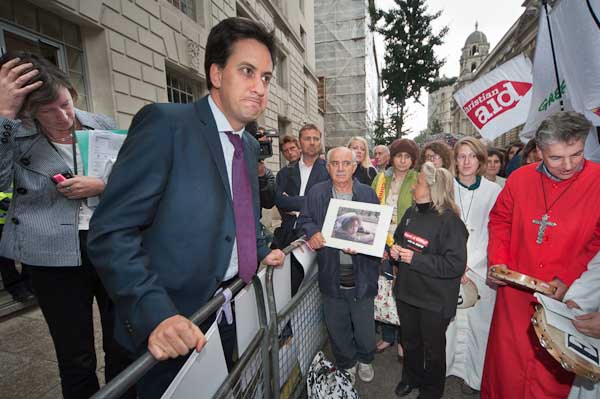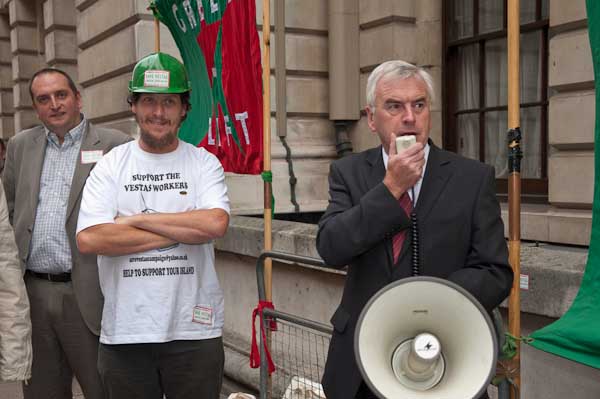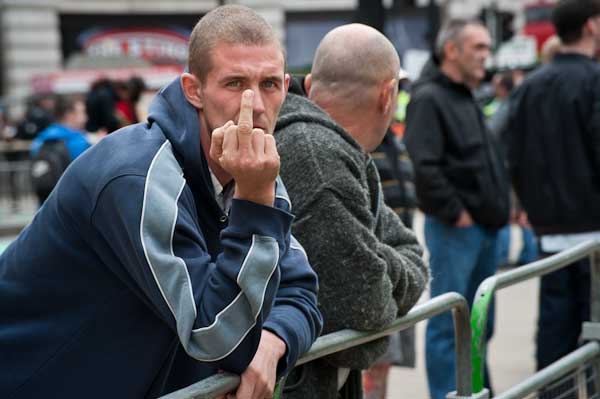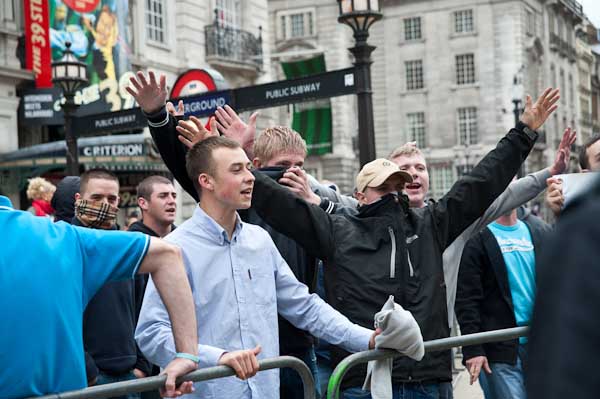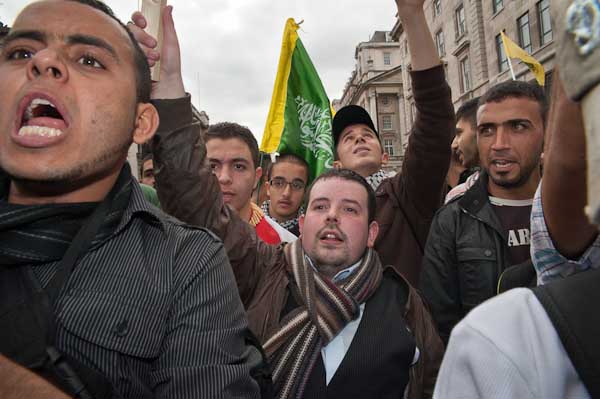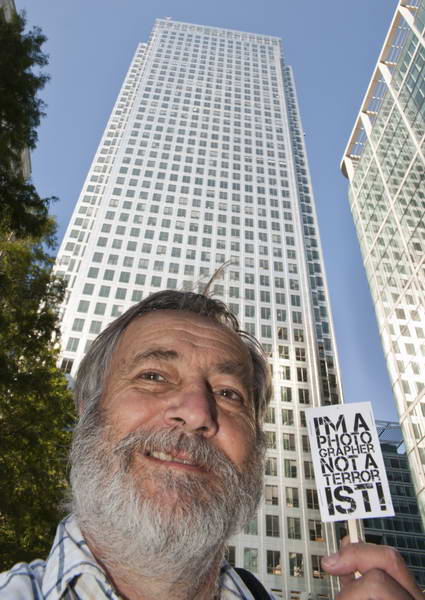A week or so on ago on Friday afternoon I photographed two demonstrations that haven’t otherwise got a lot of media coverage. And perhaps if I had not been coming to London for a couple of other things I would not have made it to them. I’m pleased that I did, as it meant both got some publicity through Indymedia and Demotix, but neither is likely to do a lot for my bottom line.
LGBT Solidarity at Serbian Embassy
The first was a LGBT demonstration outside the Serbian Embassy in Belgrave Square to protest at the last-minute cancellation of the Serbian government of Belgrade Pride. There is a strong homophobic right-wing there, and a previous attempt in 2001 to hold a procession there ended in violence with the parade having to be abandoned.
This time the government had promised to ensure it could happen, but at the last minute backed down to the right-wing pressure and cancelled it just hours before it was due to take place.
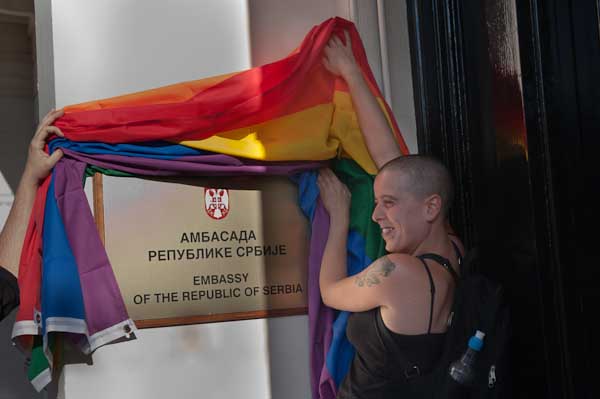
There wasn’t really a lot to photograph, some rather straightforward pictures of people standing on the steps, handing over a letter… It was really an occasion where I start to understand why press photographers so often set things up. But that just isn’t how I work.
Perhaps the best opportunity was with the picture above (and a few variations of it of course) but here the difficulty was in the lighting contrast between the very bright sunlight coming in low on the left of picture and the deep shadow at the right. Of course I had my flash, the Nikon SB800, but for once it simply refused to work properly, and wouldn’t go into BL (balanced light) mode at all. I made a few exposures, trying several ways to get the balance I wanted, but couldn’t really make it.
I still don’t know why it wasn’t working, but I think it was the camera rather than the flash that wasn’t playing ball, as when I got home and tried with my second SB800 I had exactly the same problem. I cleaned the flash contacts on camera and flash, fiddled with the menus on both flash and camera with no luck. Then finally it did start to work again, but I’ve no idea why. Modern automatic systems are great when they work, but can be so frustrating when something goes wrong.
More at: LGBT Solidarity at Serbian Embassy
Camp Ashraf Hunger Strike – Day 60
Camp Ashraf is in Iraq. After the 1979 Iranian revolution a number of camps were set up in Iraq for Iranian refugees, and some of them were also armed to continue resistance. The main Iranian opposition group, the People’s Mujahedin of Iran, was housed in Camp Ashraf. After the US led invasion, the US took over responsibility for refugees in Iraq, and after a short while decided to disarm the PMOI.
At the start of the year, the US handed over control of the camp to Iraq, giving promises that those living in it would be treated humanely and not deported to any country where they had a “well-founded fear of persecution“. The Iraqi government apparently has other ideas, as it wants to improve relations with Iran it wants to send the PMOI back there, possibly as a part of a prisoner exchange. Iraqi forces came into the camp, attacked the residents, killing 11 and injuring hundreds and took 36 men into detention. They are still detained despite a court ruling they must be released.
The detainees started a hunger strike in Iraq, and 12 Iranians in Britain also gone on hunger strike as a protest outside the US embassy in London, as the US is still thought to be responsible under the Geneva Conventions for the safety of the men in Iraq. When I was there they were on their 60th day and several had already been taken into hospital but had returned to continue their protest.
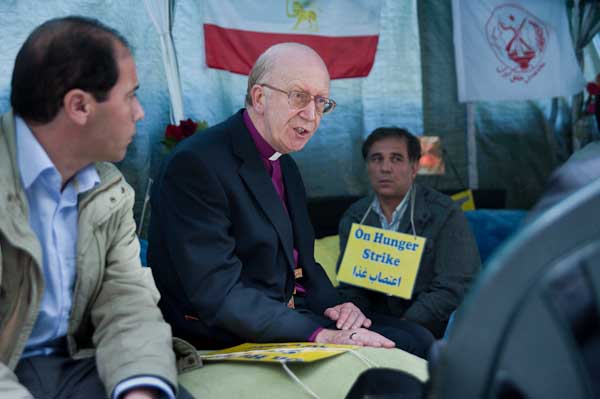
Although the awnings under which the hunger strikers were sitting or lying on beds were fairly dim, the lighting under them was reasonably even and I could work at ISO 1600-3200 without great problems.
My problem was how to dramatise the story to make it more likely to be taken up by the media, and I couldn’t find a solution. I’m not sure if I was having a bad day or there really wasn’t anything there, or perhaps I just didn’t spend long enough or work hard enough at it.
Of course the story and picture did get out on Indymedia and Demotix, but I would have like it to get more publicity. The failure of the US and our governments to do anything at all about it is truly shameful.
More at: Camp Ashraf Hunger Strike – Day 60
